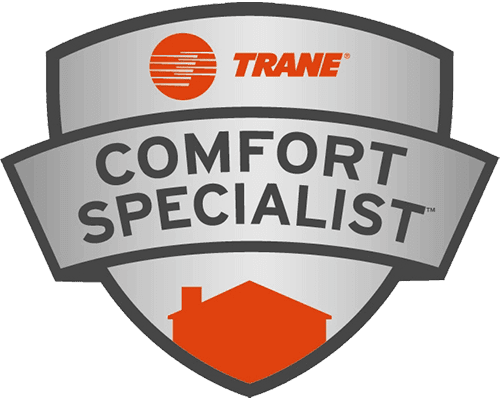How Does a Heat Pump Work?
For climates with moderate heating and cooling needs, heat pumps offer an energy-efficient alternative to furnaces and air conditioners. Like your refrigerator, heat pumps use electricity to move heat from a cool space into a warm space, making the cool heatpump imgspace cooler and the warm space warmer. During the heating season, heat pumps move heat from the cool outdoors into your warm house. During the cooling season, heat pumps move heat from your cool house into the warm outdoors. Because they move heat rather than generate heat, heat pumps can provide up to 4 times the amount of energy they consume.
The Condenser Tube
A heat pump is essentially a system of tubes with a fluid called a refrigerant in them. The refrigerant is driven through the tubes by a powerful pump called a compressor. First, the compressor pressurizes the refrigerant and drives it into the condenser tube. When the refrigerant is pressurized, it heats up. Air flowing by the condenser tube slowly cools the refrigerant down, spreading the heat into the outside air. When it is cool enough, the refrigerant flows through a nozzle into the evaporator tube.
The Evaporator Tube
Unlike the condenser tube, the evaporator has extremely low pressure. The refrigerant rapidly expands in the evaporator, cooling way down in the process. Air flowing by, slowly heats up the tube and the refrigerant inside. When it is warm enough, it flows back into the compressor to start the cycle again.
The condenser tube and the evaporator tube are separated, and a fan is usually used to distribute either hot or cold air. If the heat pump is used to heat a house, for example, the condenser tube will be inside, the evaporator will either be outside or underground and a fan will blow warm air from the condenser around the house. In a refrigerator, on the other hand, the condenser is behind the fridge, the evaporator is inside of it, and a fan is used to blow air over the evaporator to cool the fridge.
The most common type of heat pump is the air-source heat pump, which transfers heat between your house and the outside air. If you heat with electricity, a heat pump can trim the amount of electricity you use for heating by as much as 30% – 40%. High-efficiency heat pumps also dehumidify better than standard central air conditioners, resulting in less energy usage and more cooling comfort in summer months. However, the efficiency of most air-source heat pumps as a heat source drops dramatically at low temperatures, generally making them unsuitable for cold climates, although there are systems that can overcome that problem.
For homes without ducts, air-source heat pumps are also available in a ductless version called a mini-split heat pump. In addition, a special type of air-source heat pump called a “reverse cycle chiller” generates hot and cold water rather than air, allowing it to be used with radiant floor heating systems in heating mode.
Higher efficiencies are achieved with geothermal (ground-source or water-source) heat pumps, which transfer heat between your house and the ground or a nearby water source. Although they cost more to install, geothermal heat pumps have low operating costs because they take advantage of relatively constant ground or water temperatures. However, the installation depends on the size of your lot, the subsoil and landscape. Ground-source or water-source heat pumps can be used in more extreme climatic conditions than air-source heat pumps, and customer satisfaction with these systems are very high.
A new type of heat pump for residential systems is the absorption heat pump, also called a gas-fired heat pump. Absorption heat pumps use heat as their energy source, and can be driven with a wide variety of heat sources.
For more information, contact Papalia Plumbing & Heating, Inc. 978.897.1701












